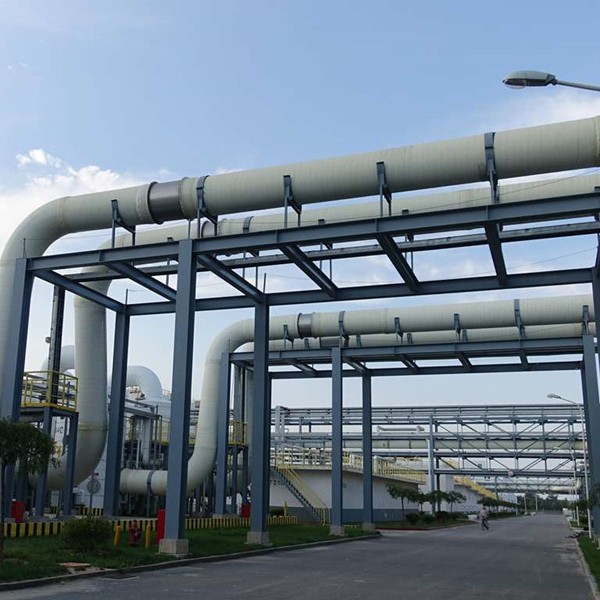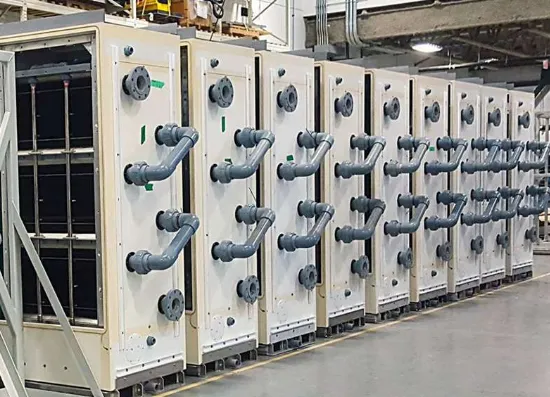
-
 Afrikaans
Afrikaans -
 Albanian
Albanian -
 Amharic
Amharic -
 Arabic
Arabic -
 Armenian
Armenian -
 Azerbaijani
Azerbaijani -
 Basque
Basque -
 Belarusian
Belarusian -
 Bengali
Bengali -
 Bosnian
Bosnian -
 Bulgarian
Bulgarian -
 Catalan
Catalan -
 Cebuano
Cebuano -
 China
China -
 China (Taiwan)
China (Taiwan) -
 Corsican
Corsican -
 Croatian
Croatian -
 Czech
Czech -
 Danish
Danish -
 Dutch
Dutch -
 English
English -
 Esperanto
Esperanto -
 Estonian
Estonian -
 Finnish
Finnish -
 French
French -
 Frisian
Frisian -
 Galician
Galician -
 Georgian
Georgian -
 German
German -
 Greek
Greek -
 Gujarati
Gujarati -
 Haitian Creole
Haitian Creole -
 hausa
hausa -
 hawaiian
hawaiian -
 Hebrew
Hebrew -
 Hindi
Hindi -
 Miao
Miao -
 Hungarian
Hungarian -
 Icelandic
Icelandic -
 igbo
igbo -
 Indonesian
Indonesian -
 irish
irish -
 Italian
Italian -
 Japanese
Japanese -
 Javanese
Javanese -
 Kannada
Kannada -
 kazakh
kazakh -
 Khmer
Khmer -
 Rwandese
Rwandese -
 Korean
Korean -
 Kurdish
Kurdish -
 Kyrgyz
Kyrgyz -
 Lao
Lao -
 Latin
Latin -
 Latvian
Latvian -
 Lithuanian
Lithuanian -
 Luxembourgish
Luxembourgish -
 Macedonian
Macedonian -
 Malgashi
Malgashi -
 Malay
Malay -
 Malayalam
Malayalam -
 Maltese
Maltese -
 Maori
Maori -
 Marathi
Marathi -
 Mongolian
Mongolian -
 Myanmar
Myanmar -
 Nepali
Nepali -
 Norwegian
Norwegian -
 Norwegian
Norwegian -
 Occitan
Occitan -
 Pashto
Pashto -
 Persian
Persian -
 Polish
Polish -
 Portuguese
Portuguese -
 Punjabi
Punjabi -
 Romanian
Romanian -
 Russian
Russian -
 Samoan
Samoan -
 Scottish Gaelic
Scottish Gaelic -
 Serbian
Serbian -
 Sesotho
Sesotho -
 Shona
Shona -
 Sindhi
Sindhi -
 Sinhala
Sinhala -
 Slovak
Slovak -
 Slovenian
Slovenian -
 Somali
Somali -
 Spanish
Spanish -
 Sundanese
Sundanese -
 Swahili
Swahili -
 Swedish
Swedish -
 Tagalog
Tagalog -
 Tajik
Tajik -
 Tamil
Tamil -
 Tatar
Tatar -
 Telugu
Telugu -
 Thai
Thai -
 Turkish
Turkish -
 Turkmen
Turkmen -
 Ukrainian
Ukrainian -
 Urdu
Urdu -
 Uighur
Uighur -
 Uzbek
Uzbek -
 Vietnamese
Vietnamese -
 Welsh
Welsh -
 Bantu
Bantu -
 Yiddish
Yiddish -
 Yoruba
Yoruba -
 Zulu
Zulu
Feb . 11, 2025 10:02
Back to list
1. frp flange blind
In recent years, the industrial world has seen a noteworthy shift towards advanced materials that offer durability, resistance, and cost-effectiveness. One such material gaining significant attention is the FRP flange blind. This product plays a critical role in various industrial applications, catering to sectors that demand high performance and reliability. Understanding the intricacies of the FRP flange blind and its benefits is essential for industries looking to optimize their operational efficiency.
From an authoritative perspective, the global adoption of FRP flange blinds is well-supported by comprehensive research and documentation. Leading research bodies and industrial forums have emphasized the benefits of FRP materials, backed by empirical data that highlights their superiority over traditional materials in specific applications. As corroborated by industry standards like ASTM and ISO, FRP flange blinds meet the necessary criteria for safety and performance, making them an authoritative choice for contemporary industrial applications. Trustworthiness in the deployment of FRP flange blinds is further exemplified by their consistent track record in diverse environments. Industries that prioritize a sustainable and reliable operation have found FRP flange blinds to be a trustworthy solution. Their performance over extended periods, often without the need for replacement or extensive servicing, establishes them as a viable option for businesses keen on fostering long-term reliability in their operations. Customers looking to integrate FRP flange blinds into their systems should consider collaborating with manufacturers who demonstrate a deep understanding of composite materials and offer insightful consultation during the selection and installation processes. A reliable manufacturer not only provides quality products but also imparts valuable guidance on preserving the integrity of these components, ensuring maximal benefits. In conclusion, the FRP flange blind stands out as a superior alternative to traditional materials, offering unparalleled benefits in terms of durability, resistance, and cost-effectiveness. As industries continue to face challenges related to material degradation and maintenance costs, the transition to FRP solutions presents an intelligent choice for future-ready operations. With their proven track record and adaptability, FRP flange blinds undoubtedly represent the next echelon in industrial material technology. Businesses investing in this innovative solution can expect to see a significant enhancement in their operational efficiency and material longevity, ultimately leading to greater industrial success.


From an authoritative perspective, the global adoption of FRP flange blinds is well-supported by comprehensive research and documentation. Leading research bodies and industrial forums have emphasized the benefits of FRP materials, backed by empirical data that highlights their superiority over traditional materials in specific applications. As corroborated by industry standards like ASTM and ISO, FRP flange blinds meet the necessary criteria for safety and performance, making them an authoritative choice for contemporary industrial applications. Trustworthiness in the deployment of FRP flange blinds is further exemplified by their consistent track record in diverse environments. Industries that prioritize a sustainable and reliable operation have found FRP flange blinds to be a trustworthy solution. Their performance over extended periods, often without the need for replacement or extensive servicing, establishes them as a viable option for businesses keen on fostering long-term reliability in their operations. Customers looking to integrate FRP flange blinds into their systems should consider collaborating with manufacturers who demonstrate a deep understanding of composite materials and offer insightful consultation during the selection and installation processes. A reliable manufacturer not only provides quality products but also imparts valuable guidance on preserving the integrity of these components, ensuring maximal benefits. In conclusion, the FRP flange blind stands out as a superior alternative to traditional materials, offering unparalleled benefits in terms of durability, resistance, and cost-effectiveness. As industries continue to face challenges related to material degradation and maintenance costs, the transition to FRP solutions presents an intelligent choice for future-ready operations. With their proven track record and adaptability, FRP flange blinds undoubtedly represent the next echelon in industrial material technology. Businesses investing in this innovative solution can expect to see a significant enhancement in their operational efficiency and material longevity, ultimately leading to greater industrial success.
Related Products









